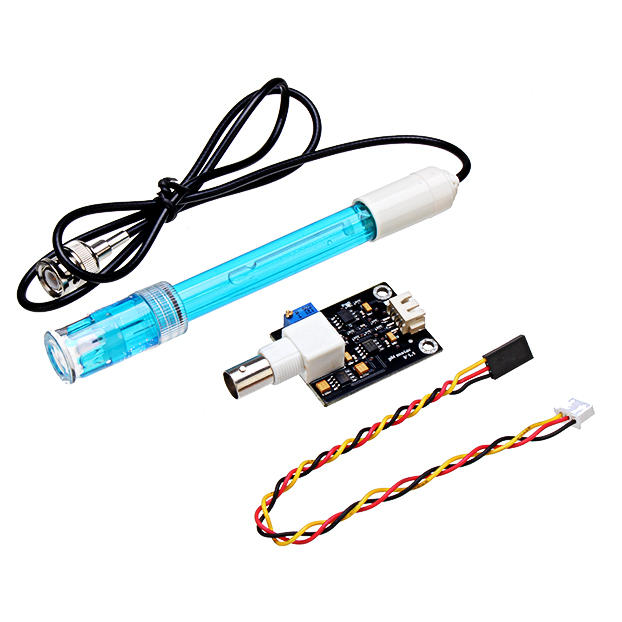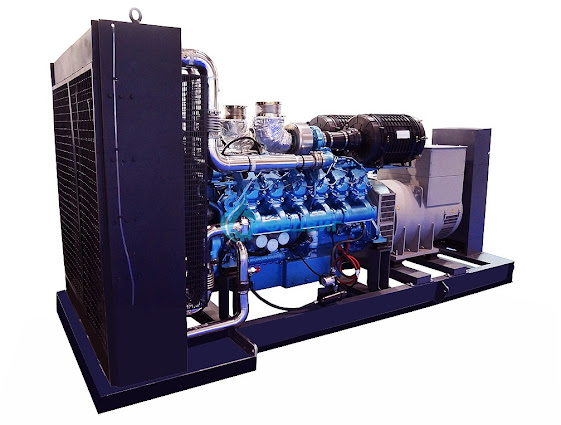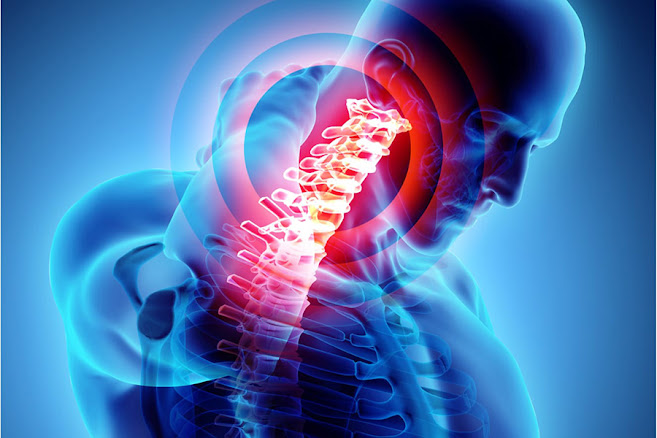Power SCADA: Enabling Reliable Power Distribution through Advanced Monitoring and Control

Power SCADA Power SCADA (Supervisory Control and Data Acquisition) systems are highly specialized computer systems that enable utilities to monitor and control entire power distribution networks from a centralized location. At the heart of any Power SCADA system are RTUs (Remote Terminal Units) that are installed throughout the electrical infrastructure - at substations, transformers and other critical assets. RTUs collect real-time data from sensors and send it back to a central control room over communication networks. In the control room, Power SCADA software collects all this data, analyzes anomalies, and presents a live overview of the entire power grid on interactive computer displays and control screens. Operators can then remotely control or automate functions like switching circuits or changing voltage levels from the control center. This centralized monitoring and control allows utilities to quickly detect and address issues before they become outages or emergencies. Moni





